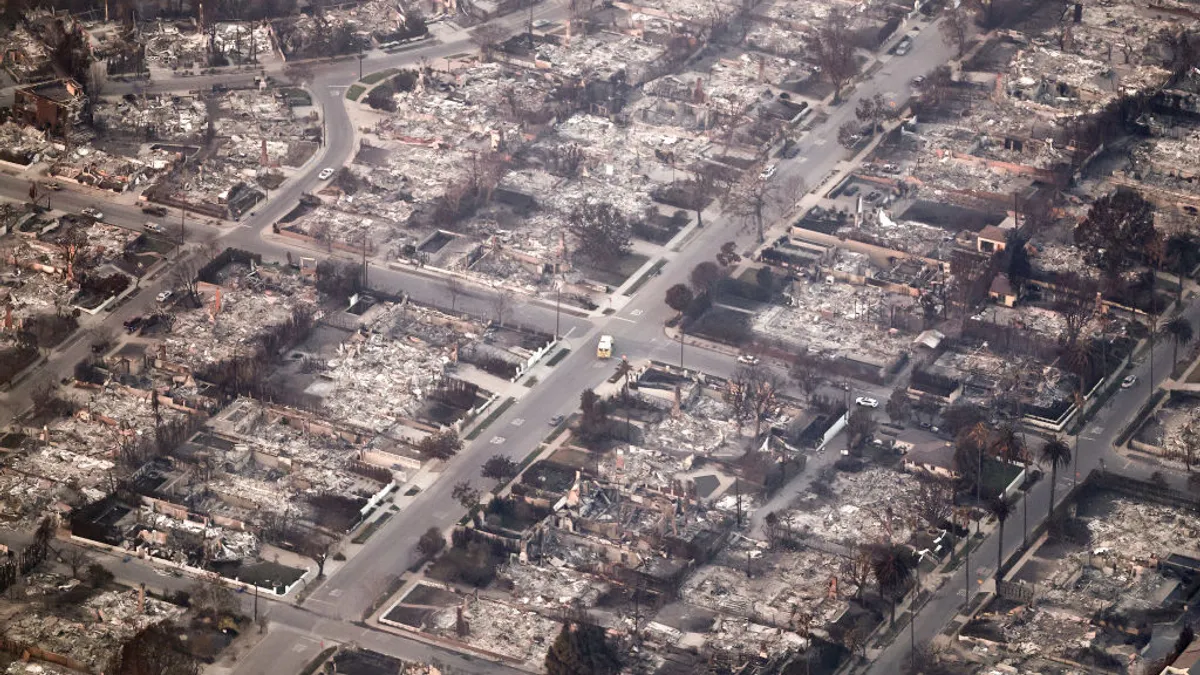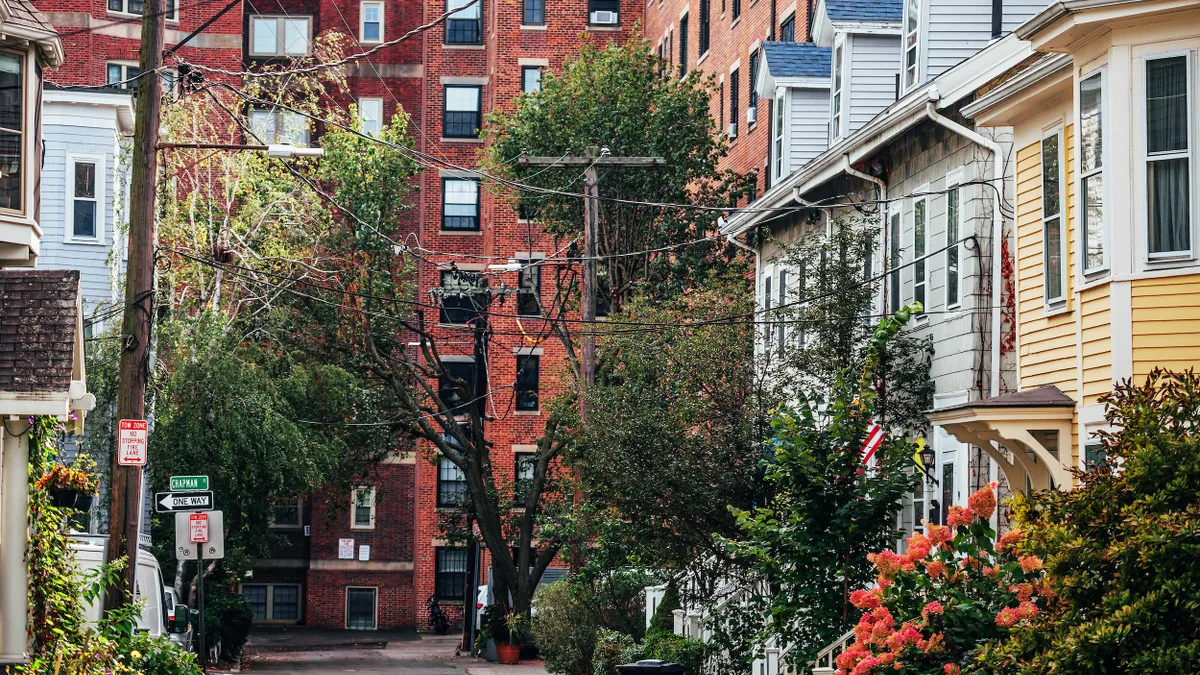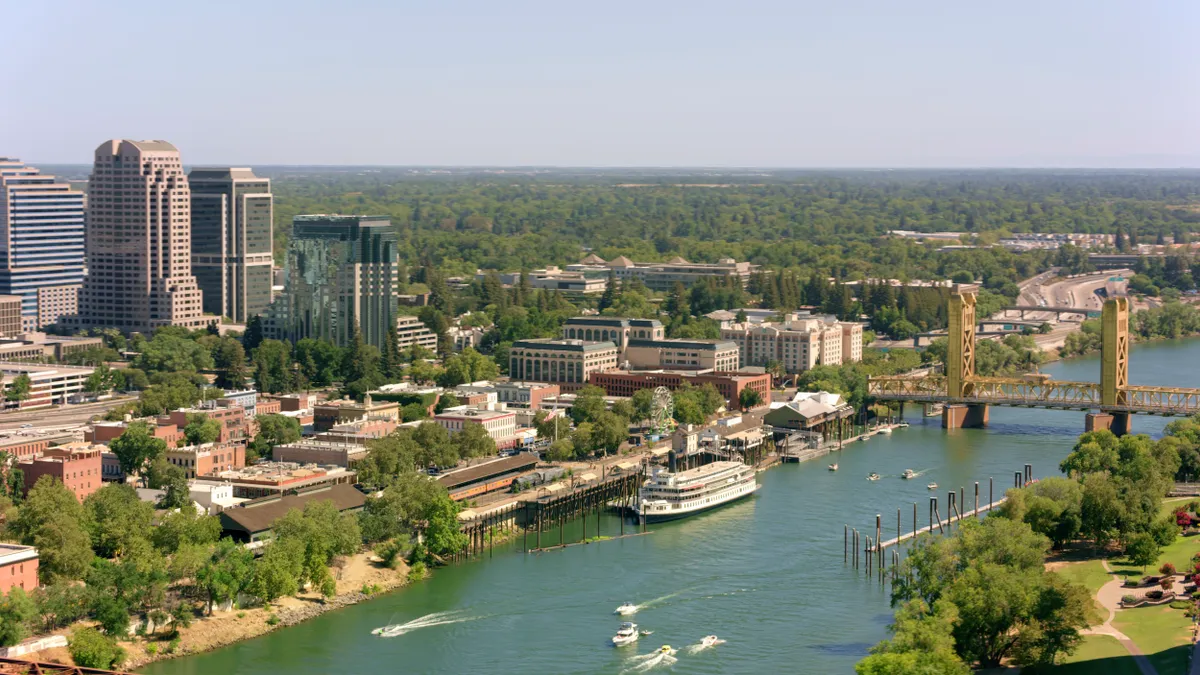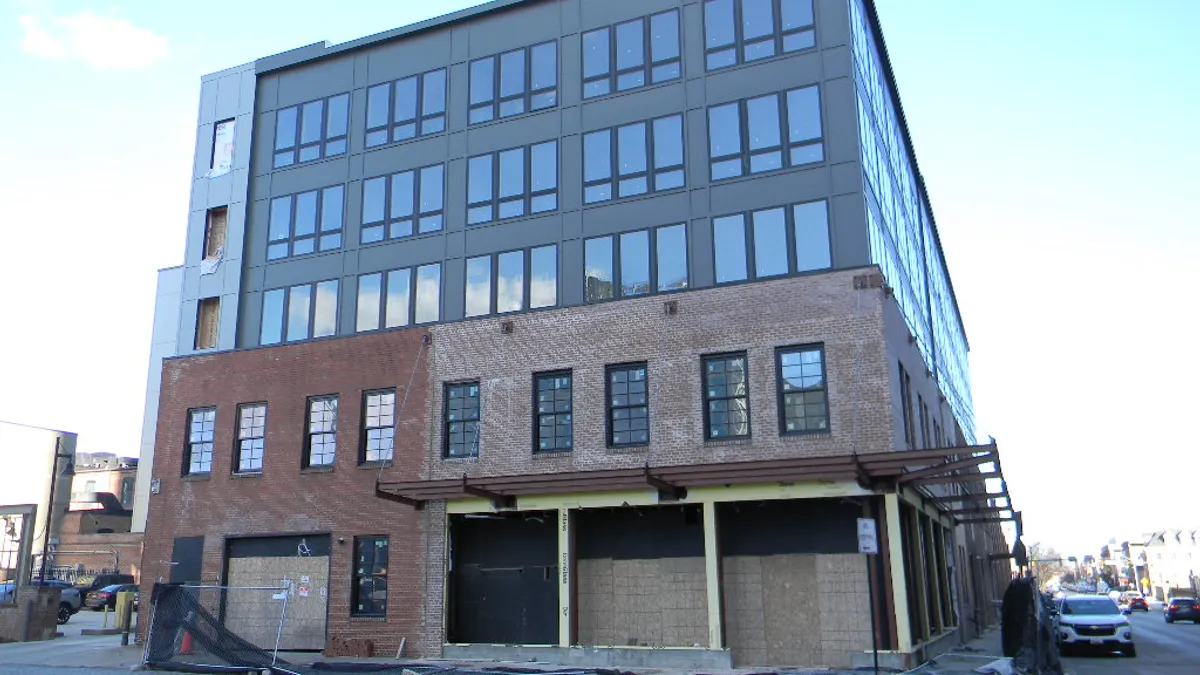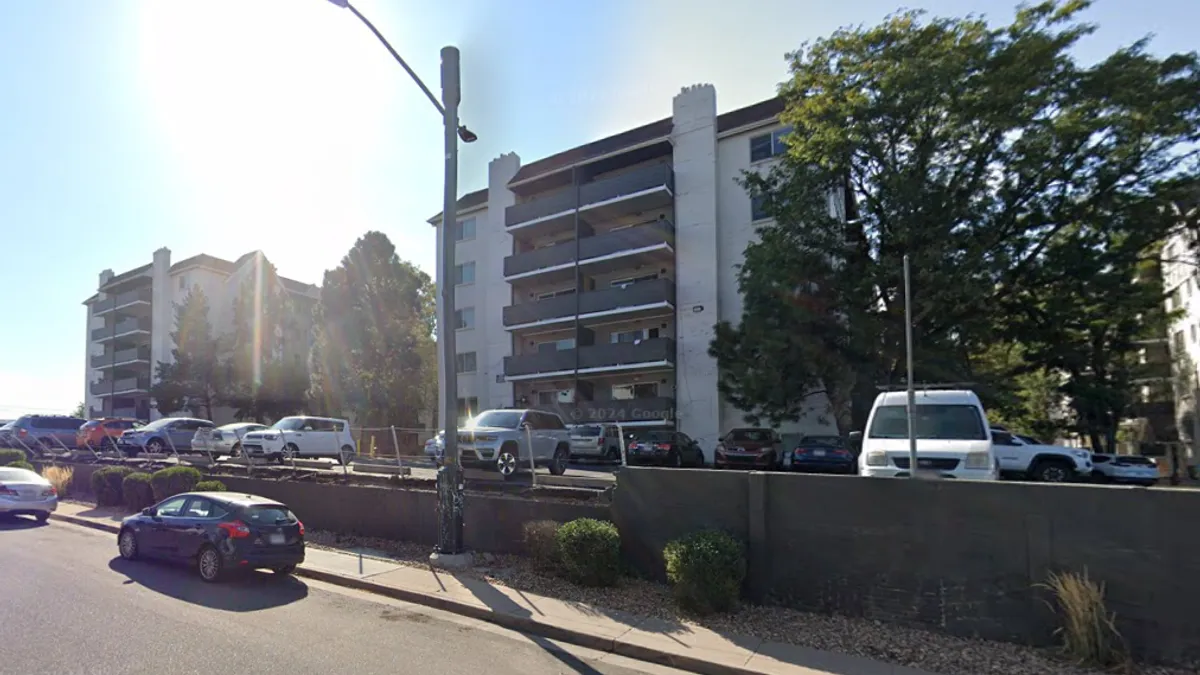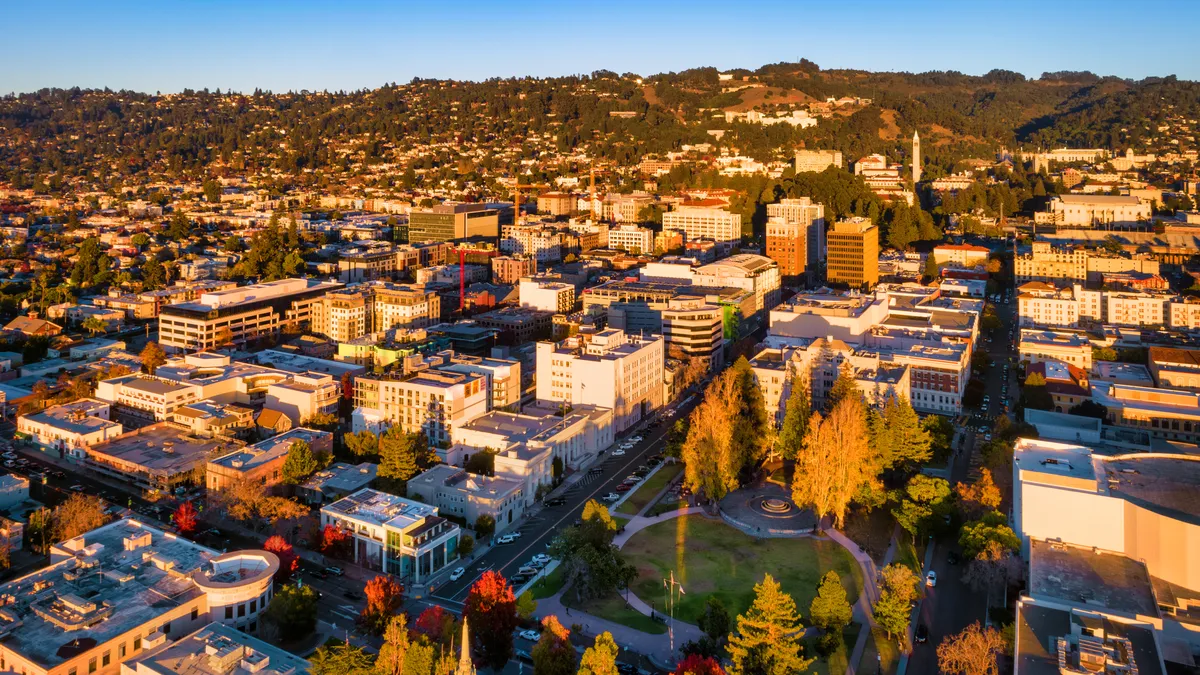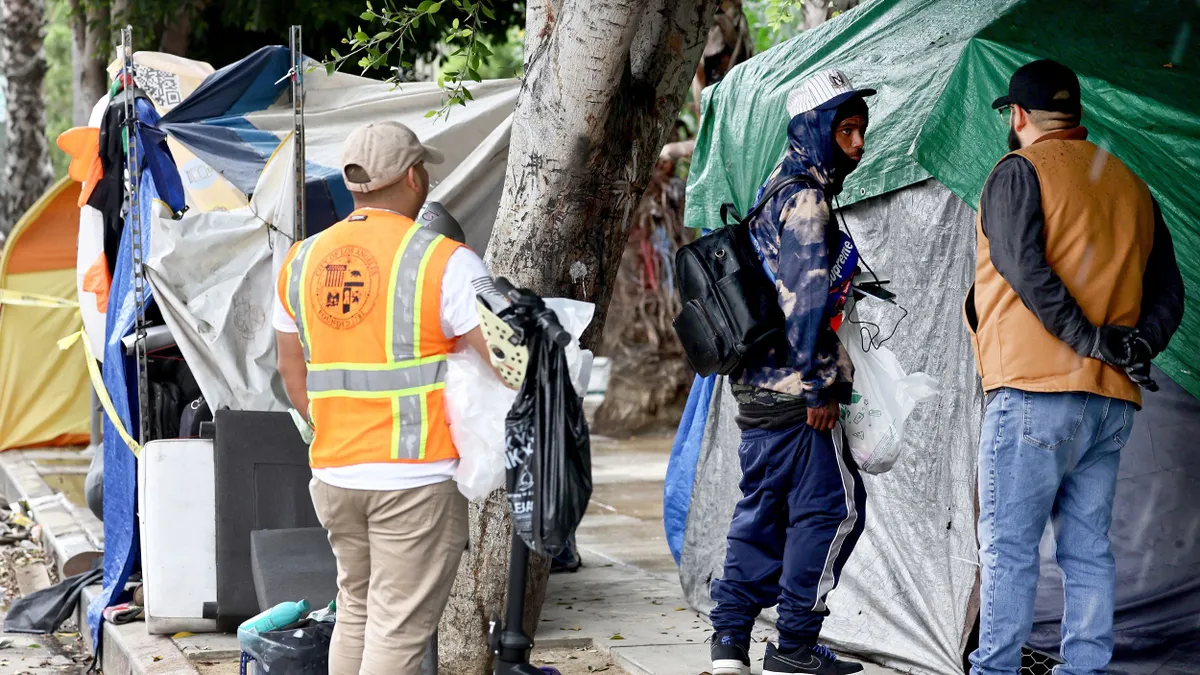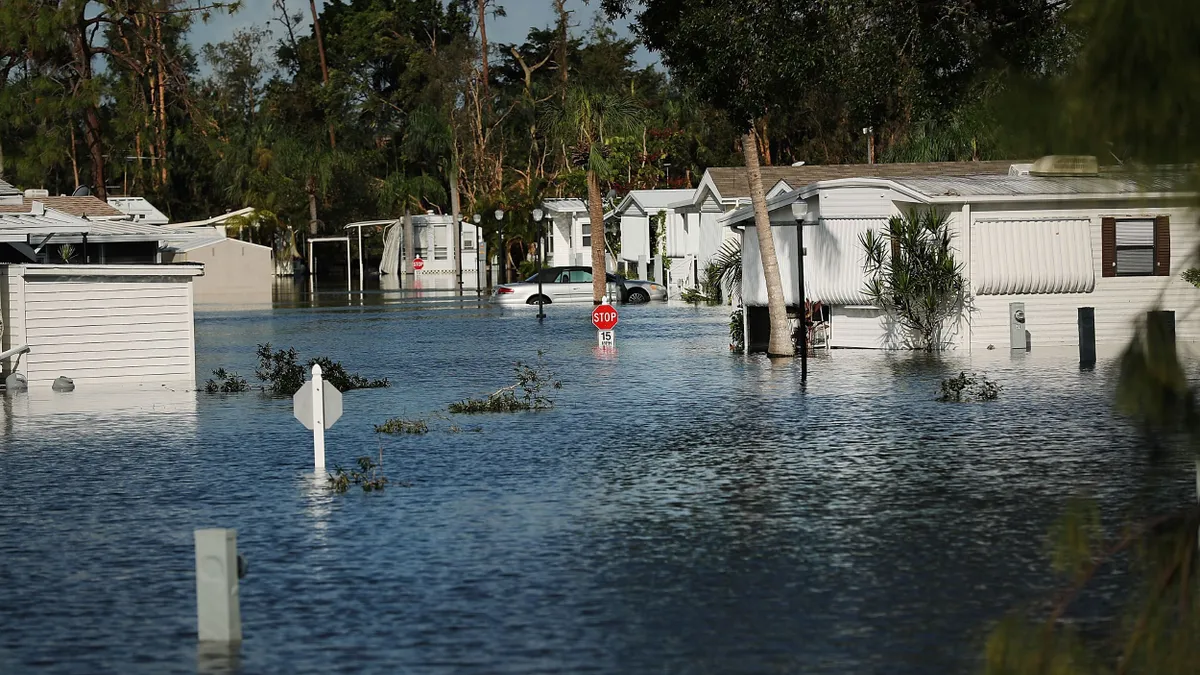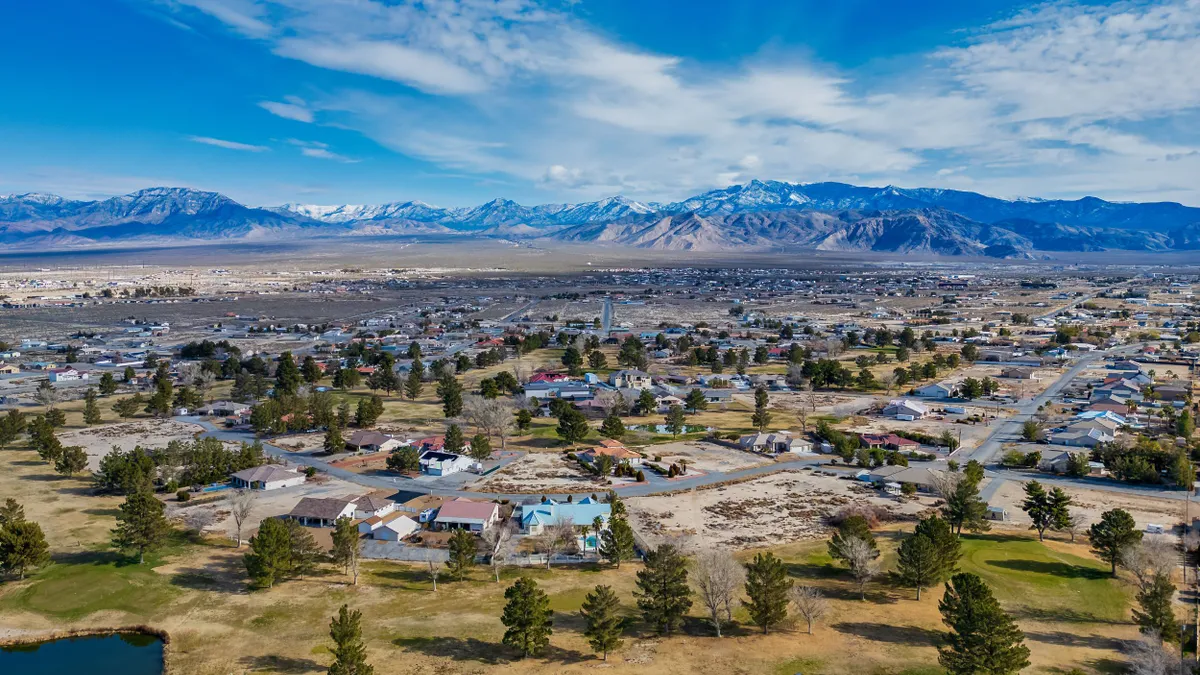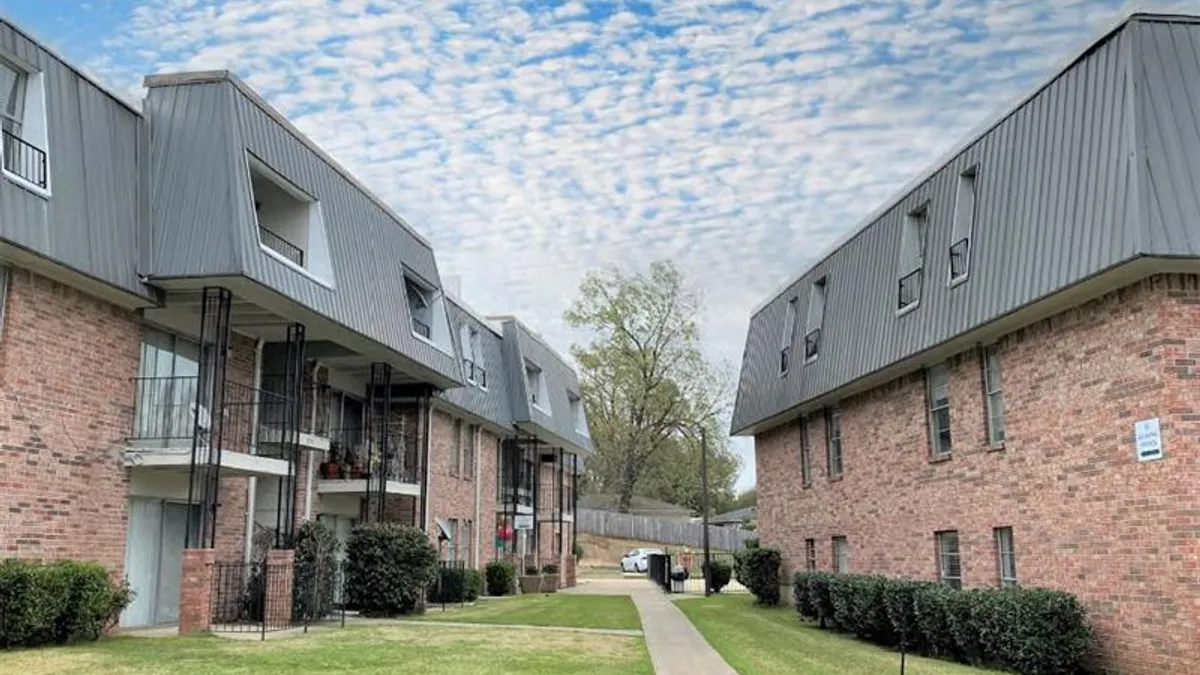The devastating wildfires that burned down several Los Angeles neighborhoods in January could worsen the city's existing housing affordability crisis, economists predict.
The LA housing crisis has been years in the making. The cost of renting a home in the city is 18% higher than the national average, according to Zillow. Housing advocates and experts largely attribute the issue to a shortage of housing supply. The CoStar Group reports the wildfire losses included more than 11,000 single-family homes and 74 multifamily residential buildings, losses that are almost certainly contributing to the problem, experts say.
The wildfires prompted the city of Los Angeles and the state of California to implement several measures aimed at speeding up the housing construction process. Housing experts and advocates say implementing those and a host of other policies in LA and more widely could encourage the buildout of more units, lower construction costs and increase housing supply.
Developers often take years to complete multifamily apartment building projects as they navigate a maze of environmental review and planning approvals, in addition to inspections, said Tim Kawahara, executive director at the University of California, Los Angeles, Ziman Center for Real Estate.
“If we can shorten that process, then obviously it becomes much cheaper to build and obviously delivers more desperately needed housing units in a shorter period of time,” said Kawahara.
Such policies could soon be even more important for driving down expenses in light of tariffs on lumber from Canada and on other products and equipment that could make the cost of building new housing even more expensive — or even prompt developers to reconsider these projects altogether. The Trump administration’s mass deportation campaign also could drive up costs: Researchers at the Center for American Progress estimated in 2021 that 23% of the construction laborer workforce is undocumented.
Los Angeles faces challenges beyond the cost of construction, however, experts say. These include single-family zoning policies that prevent the construction of multi-family housing in many neighborhoods and vocal resident opposition.
Reducing construction costs
The measures that the city and state already have taken to address the wildfire destruction have led to the “fastest recovery effort in modern California history,” Los Angeles Mayor Karen Bass' office said in a statement.
Bass signed an executive order Jan. 13 that streamlined debris removal from all impacted areas, expedited building permit reviews and inspections and allowed the issuance of temporary certificates of occupancy to speed up the approval process for 1,400 housing units already in the pipeline.
The mayor had issued a similar emergency declaration in 2022 to expedite approvals for projects that are 100% affordable. But implementing additional streamlined approval processes citywide for mixed-income and select market-rate housing projects could help generate new housing, Kawahara said.
California Gov. Gavin Newsom also signed an executive order in January allowing structures damaged or destroyed by the wildfires to bypass environmental permitting requirements as long as the new buildings do not exceed 110% of the footprint and height of the structure that existed in that same location before the blaze.
A bill introduced in the California State Assembly last month would exempt most urban housing developments throughout the state from such environmental reviews, which often delay or stop housing projects from being completed.
Los Angeles County and Los Angeles city also created one-stop-shops in the burn areas where homeowners and developers can get entitlement, building and occupancy approvals from different agencies at the same time. Consolidating that process into a single location instead of forcing people to go to several city offices “would be a great mechanism to make permanent,” said Kawahara. It is “key to speeding things up and eliminating the red tape.”
Other measures needed
A range of other actions could help generate more housing in Los Angeles, advocates say.
The city could allow residents to build accessory dwelling units on their properties, said Tyler Laferriere, volunteer lead for the Los Angeles chapter of the nonprofit YIMBY Action.
“ADUs are a pretty straightforward and pretty inexpensive way, relatively speaking, to add to the housing stock,” said Richard Green, director of the University of Southern California’s Lusk Center for Real Estate.
The Los Angeles city council is also considering a program that allows self-certification for building permits, said Green. That program — similar to the one already in place in San Diego — would allow builders to bypass lengthy city permit approval processes. They would instead go through registered industry professionals who determine if a planned project is in compliance with city building codes.
“Instead of waiting for the city to issue you a building permit, once you are certified by a qualified person, you can get an issue yourself,” said Green.
Zoning challenges
Zoning also gets in the way of more housing in Los Angeles: More than 70% of the city is zoned for single-family houses. And many residents attend city council and planning meetings to vocally oppose multifamily housing in their neighborhoods, said Kawahara.
Ultimately, the only way the city is going to reach its housing goals is by changing its zoning to allow for more multifamily homes, Laferriere said.
Los Angeles is already built "out," and the only way it can provide more housing is by building "up," said Green. He would like to see the city tear down single-family homes and replace them with multifamily homes over time. But leaders need to convince residents that’s a good idea, he said.
Los Angeles has made some reforms on this front. In 2021, the Los Angeles City Council approved a plan to build about 500,000 new homes by 2029 to meet state obligations under its Regional Housing Needs Assessment target. The target is set via a state-mandated process; as part of the process, cities and counties also must create plans for how they will meet their targets by specific deadlines.
To help meet that mandatory target, last year the City Council created the Citywide Housing Incentive Program, which allows denser and larger buildings in certain commercial zones. However, a pair of pro-housing advocacy groups filed a lawsuit against the city in February, arguing the amount of housing that the CHIP program would likely create falls short of the city’s obligations — and that changes to the city’s base zoning are needed instead.
“We want people to be able to remain in their neighborhoods, and be able to welcome new folks,” said Laferriere. “The only way to do this is to build more multifamily homes.”


